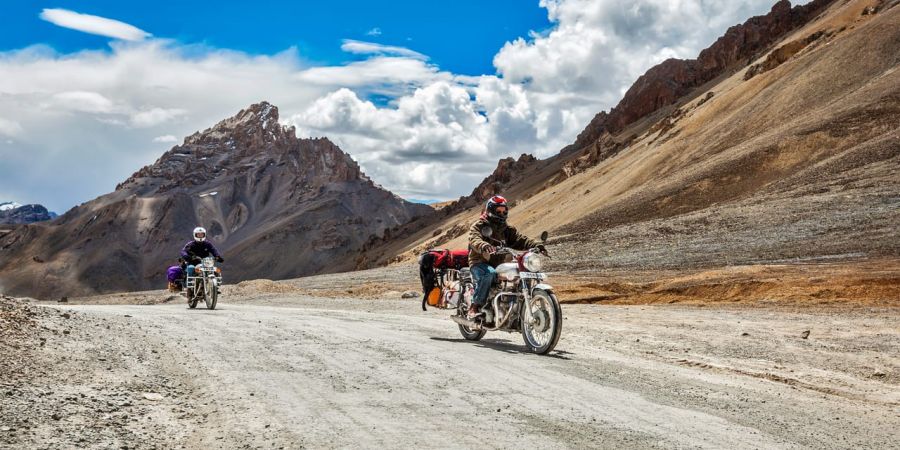

Leh Ladakh is a region located in the northernmost part of India in the state of Jammu and Kashmir. It is known for its stunning landscapes, high-altitude mountain passes, and rich cultural heritage. Leh is the main town and administrative center of the region.
Ladakh is famous for its picturesque landscapes, including towering mountains, serene lakes, and vast barren stretches. The region is often referred to as a cold desert due to its arid climate and minimal rainfall. The mighty Himalayas and the Karakoram mountain ranges surround Leh Ladakh, making it a popular destination for adventure enthusiasts and nature lovers.
Some of the notable attractions in Leh Ladakh include:
1. Pangong Tso: A breathtaking high-altitude lake known for its ever-changing colors and beautiful reflections.
2. Nubra Valley: A stunning valley known for its sand dunes, lush green oasis, and the famous Diskit Monastery.
3. Magnetic Hill: A unique natural phenomenon where vehicles appear to move uphill without any power.
4. Leh Palace: A historic palace located in Leh, offering panoramic views of the town and surrounding mountains.
5. Spituk Monastery: A prominent Buddhist monastery situated near Leh, known for its rich cultural heritage and stunning views.
6. Khardung La: One of the world's highest motorable passes, offering breathtaking views of the mountains and the valley.
Leh Ladakh is also a popular destination for adventure activities such as trekking, mountaineering, white-water rafting, and motorcycling. The region has a distinct Tibetan Buddhist culture, and visitors can explore monasteries, interact with locals, and experience the unique traditions and festivals.
It's important to note that due to its high altitude, visitors to Leh Ladakh should acclimatize properly to avoid altitude sickness. It is advisable to consult with a medical professional and take necessary precautions before planning a trip to this region.
The Union Territory of Ladakh is endowed with an abundance of mineral resources, including borax in Puga valley, marble of good quality in both Leh and Kargil, limestone of cement grade, and good quality granite ranging in age from Archean to Post-Cretaceous. Arsenic ore, borax, gold, granite, limestone, marble, and sulphur are examples of minerals. These minerals are being discovered in Ladakh, providing a foundation for the development of various mineral-based industries in the union territory of Ladakh.
The current Leh district was once part of Greater Ladakh, which stretched from Kailash Mansarover to Swaat (Dardistan). Greater Ladakh was not under the domain of Tibet or under its influence. There is little information available regarding Ladakh's ancient history. However, references to the location and its surroundings in Arab, Chinese, and Mongolian histories suggest that in the 7th century A.D., Tibet and China fought fierce wars in the Baltistan area of Greater Ladakh, turning the deserts and barren mountains of Ladakh into battlegrounds for the warring armies.
Overall, leh ladakh is a remarkable destination for nature lovers.
